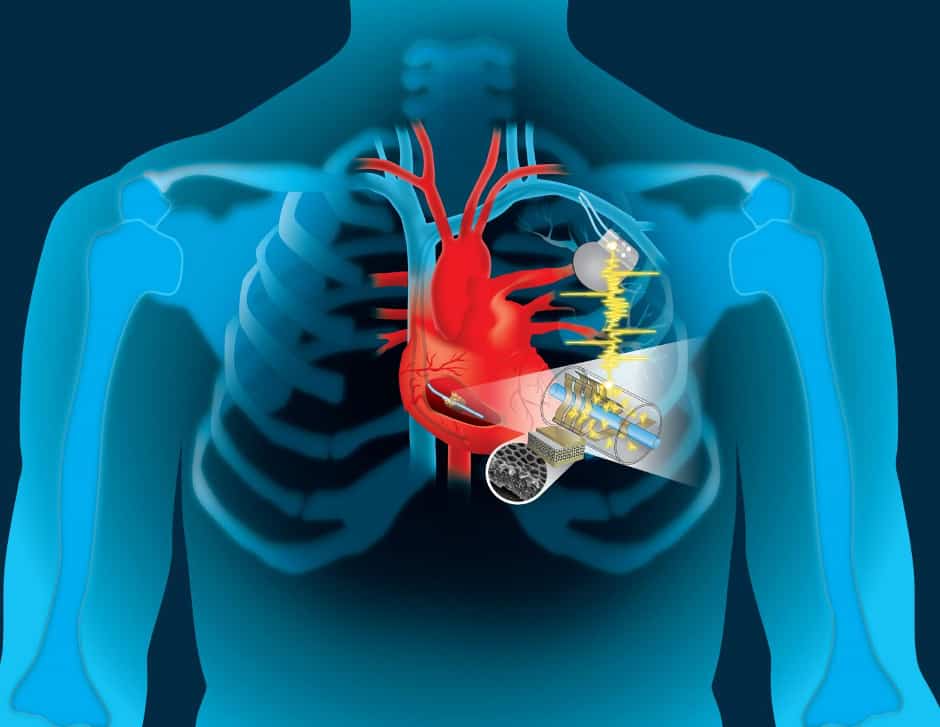
These devices are powered by batteries that need to be replaced every five to 10 years in surgical procedures that can be costly and create the possibility of complications and infections.
Now, in a study funded by the US National Institutes of Health, engineers at the Thayer School of Engineering at Dartmouth College, New Hampshire, have developed a dime-sized device that combines thin-film energy conversion materials with a minimally-invasive mechanical design to enable self-charging batteries. The results of the three-year study are published in Advanced Materials Technologies.
"We're trying to solve the ultimate problem for any implantable biomedical device," said Dartmouth engineering professor John X.J. Zhang, a lead researcher on the study his team completed alongside clinicians at the University of Texas in San Antonio. "How do you create an effective energy source so the device will do its job during the entire life span of the patient, without the need for surgery to replace the battery?"
"Of equal importance is that the device not interfere with the body's function," said Dartmouth research associate Lin Dong, first author on the paper. "We knew it had to be biocompatible, lightweight, flexible, and low profile, so it not only fits into the current pacemaker structure but is also scalable for future multi-functionality."
According to Dartmouth, the team's work proposes modifying pacemakers to harness the kinetic energy of the lead wire that's attached to the heart, converting it into electricity to continually charge the batteries.
The added material is PVDF, a type of thin polymer piezoelectric film. When designed with porous structures - either an array of small buckle beams or a flexible cantilever - it can convert mechanical motion to electricity. The same modules could potentially be used as sensors to enable data collection for real-time monitoring of patients.
According to Zhang, a self-charging pacemaker is approximately five years from commercialisation.
"We've completed the first round of animal studies with great results which will be published soon," said Zhang. "There is already a lot of expressed interest from the major medical technology companies.”




Nanogenerator consumes CO2 to generate electricity
Whoopee, they've solved how to keep a light on but not a lot else.